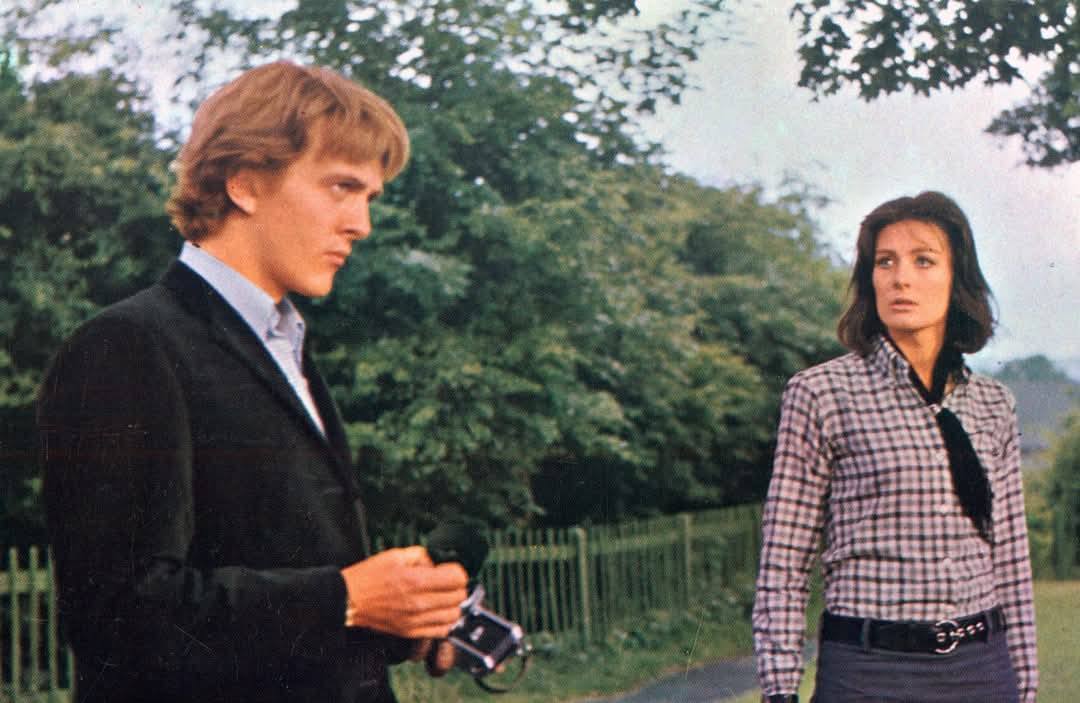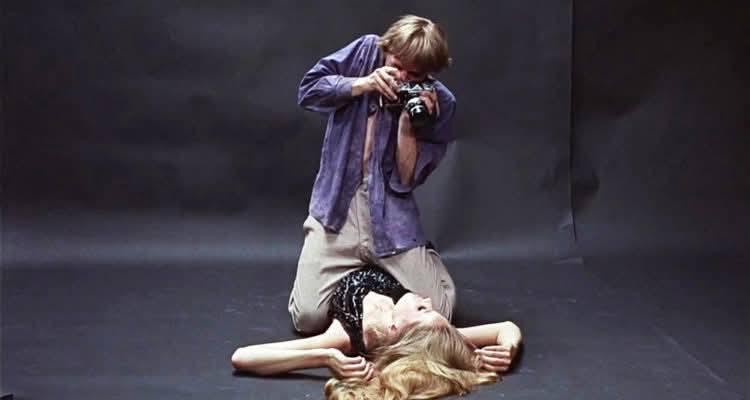Blow-Up (1966)

Blow-Up (1966) is a groundbreaking film directed by Michelangelo Antonioni, known for its innovative narrative style and striking visual composition. This psychological thriller delves into the life of a London photographer, Thomas, played by David Hemmings, who unintentionally captures a chilling moment on film that leads him into a web of mystery and intrigue. The film explores themes of perception, reality, and the nature of art, as Thomas becomes increasingly obsessed with the implications of his photographs. Antonioni’s direction emphasizes a sense of ambiguity, prompting viewers to question the nature of truth and the reliability of their own perceptions.

The cinematography, helmed by Carlo Di Palma, is a standout element of the film, with its vivid colors and meticulous framing enhancing the narrative’s psychological depth. The use of sound and silence further contributes to the film’s surreal atmosphere, creating an immersive experience. Hemmings delivers a captivating performance, embodying the character’s journey from aloofness to existential dread. The supporting cast, including Vanessa Redgrave and Sarah Miles, adds layers to the story, enriching the exploration of artistic obsession and the consequences of voyeurism. Blow-Up is widely regarded as a seminal work in cinema, influencing future filmmakers with its unconventional storytelling and thematic complexity. Its ability to provoke thought and discussion has solidified its status as a classic, making it a must-see for cinephiles and lovers of artful cinema.

The film follows Thomas (David Hemmings), a successful but disillusioned fashion photographer in London. While wandering through a park, he takes candid photos of a couple engaged in what seems like a romantic encounter. However, when he develops the pictures, he notices something strange—what appears to be a murder hidden within the images.
As Thomas obsessively enlarges (or “blows up”) the photos, he begins to question what he has really seen. The more he investigates, the more reality seems to slip away—his camera captures something, but does it capture the truth?
His search leads him to a mysterious woman (Vanessa Redgrave), who may know more than she lets on. As the film progresses, evidence disappears, people seem indifferent to his discovery, and Thomas himself begins to doubt what is real. The film’s haunting ending—featuring a silent, mimed tennis match—leaves the mystery deliberately unresolved, reinforcing its themes of subjectivity and existential uncertainty.

Blow-Up is a film that invites multiple interpretations—some see it as a murder mystery, others as a commentary on the illusion of truth and the alienation of modern life. It’s a slow burn but a rewarding experience for those who appreciate philosophical cinema and visual storytelling.
Have you seen it, or are you planning to watch? Would love to hear your take on its ambiguous ending!











